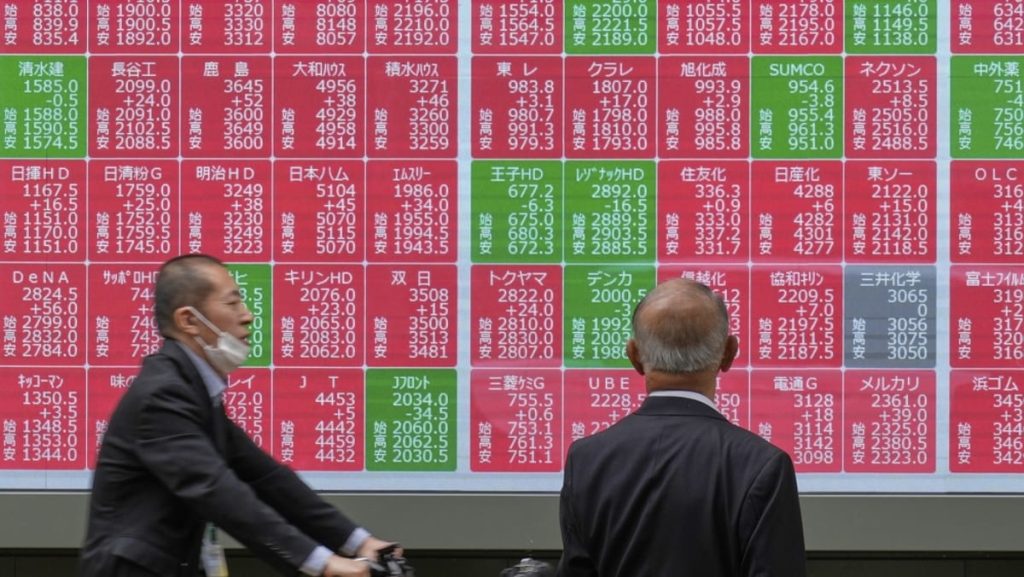HONG KONG: Asian markets were mixed and European equities rallied on Monday (May 26) after Donald Trump dialled back on his threat to hit the European Union with 50 per cent tariffs by delaying their implementation to July.
Just as markets were showing signs of settling following their bond-fuelled selloff last week, the United States president hurled his latest grenade across the pond on Friday by levelling 50 per cent levies at the bloc from Jun 1, saying talks were “going nowhere”.
He also said he would hit smartphone makers with 25 per cent tolls if they did not make their handsets in the US.
Wall Street’s three main indexes and most European markets dumped into the red on Friday.
However, Trump provided some relief on Sunday by saying the EU tariffs would not be put in place until Jul 9 following a “very nice call” with its boss Ursula von der Leyen, adding that officials will “rapidly get together and see if we can work something out”.
Von der Leyen vowed to move “swiftly” to reach a deal.
Paris and Frankfurt jumped more than 1 per cent in the first few minutes of trade, while London was closed for a holiday.
US futures also rallied but Asia struggled.
“The stock market seems to dance to Trump’s tune: first a threat, then a pullback, quickly followed by a rebound as speculative investors anticipate a concession from the US president,” said Jochen Stanzl, chief market analyst at CMC Markets.
“This morning’s confirmation of such expectations reinforces the so-called ‘Trump Pattern’, which is increasingly seen as a successful strategy for risk-tolerant investors.”
Hong Kong, Shanghai, Singapore, Wellington, Taipei, Manila, Bangkok and Jakarta fell, while Tokyo, Seoul and Mumbai rose. Sydney was flat.
The dollar remained under pressure after dropping on Friday.
Analysts said the latest unexpected salvos from the White House highlighted the uncertain path investors are having to walk owing to the president’s volatile policy pivots.
They have also warned that his bill to extend tax cuts and slash spending could balloon the national deficit by trillions of dollars, putting upward pressure on Treasury yields and sparking warnings about the world’s biggest economy.


